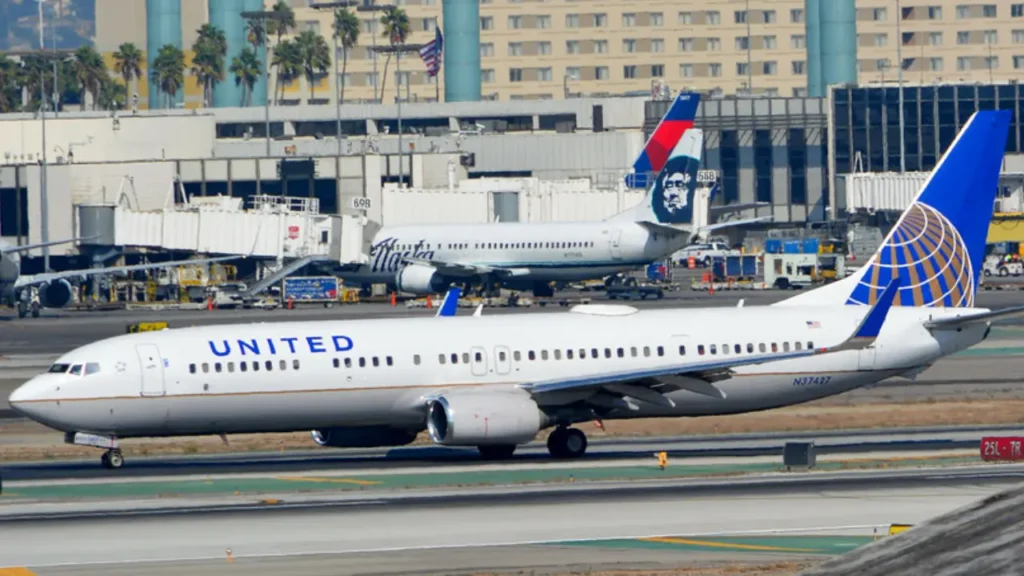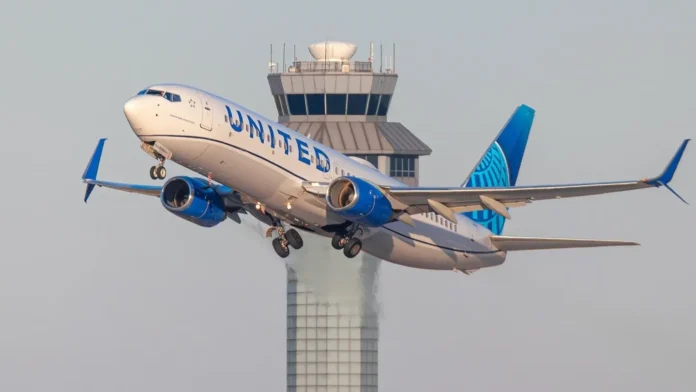CHICAGO- The Federal Aviation Administration (FAA) has concluded its comprehensive audit of United Airlines (UA), revealing no major safety concerns.
This extensive evaluation, initiated in March 2024, was prompted by a series of publicized maintenance-related incidents that raised questions about the airline’s operational standards.

FAA United Airlines Audit Result
The FAA’s decision to conduct a thorough review of United’s processes came after multiple unrelated events caught global attention. The regulatory body announced its intention to increase its presence within United’s operations, scrutinizing work procedures, documentation, and facilities.
During the audit, United Airlines faced temporary suspensions of various certification activities, including new aircraft deliveries and route expansions. These restrictions were later lifted as the investigation progressed.
On October 2, 2024, the FAA released its findings, stating: “The FAA finished its Certificate Holder Evaluation Program (CHEP) of United Airlines. The review did not identify any significant safety issues.” This concise statement marks the culmination of over six months of intensive scrutiny.
The audit’s outcome raises questions about the nature of the incidents that initially sparked concern.
It remains unclear whether the series of events, including engine malfunctions, detached panels, wheel separations, and near-miss occurrences, were indicative of systemic safety issues or merely coincidental.
United Airlines had expressed openness to the FAA’s involvement from the outset. The airline’s Vice President of Corporate Safety had welcomed the engagement, stating their willingness to implement necessary changes based on the FAA’s findings to enhance safety measures further.
In a separate incident, FAA reported that,
United Airlines Flight 2461 landed safely at Boston Logan International Airport around 3:30 p.m. local time on Wednesday, Oct. 2, after the crew reported a possible blown tire on departure. The Boeing 737-900 left from Denver International Airport. The FAA will investigate.

Southwest Airlines Audit
FAA also initiated a safety audit of Southwest Airlines (WN) in July 2024, focusing primarily on pilot training protocols. This investigation follows a series of concerning incidents involving the airline’s flights in recent months.
Southwest Airlines has experienced multiple close calls, raising questions about its operational safety standards.
Notable incidents include a hazardous go-around in Hawaii, a dangerously low approach in Oklahoma City, an in-flight Dutch roll occurrence, a takeoff from a closed runway, and another perilously low approach in Tampa.
These reported events may represent only a fraction of potential safety issues, as not all incidents become public knowledge.
The frequency and nature of these occurrences have prompted the FAA to scrutinize Southwest’s safety culture and practices. While Southwest operates a vast number of daily flights as a major carrier, the disproportionate number of pilot error incidents associated with the airline has drawn particular attention.
This audit’s outcome will be crucial in determining whether Southwest’s recent safety record stems from an unfortunate streak of bad luck or indicates deeper systemic issues within the company’s safety protocols.

NTSB Rudder Failure Warning
The National Transportation Safety Board (NTSB) has issued an urgent safety alert to airlines operating Boeing 737 aircraft due to a potential rudder control system failure. This warning follows a critical incident on a United Airlines flight in February.
NTSB investigations revealed that a specific component of the rudder control system may malfunction in cold weather conditions. The issue first emerged during a United Airlines flight from Nassau to Newark on February 6, when the aircraft’s rudder pedals became stuck in neutral positions during landing.
The captain successfully maintained control of the plane using the nosewheel steering system, preventing injuries. This incident prompted the NTSB to launch a comprehensive investigation into the aircraft’s rudder system.
Investigators identified significant problems with the rollout guidance actuator, a crucial component manufactured by Collins Aerospace. NTSB tests on this actuator and an identical unit from another aircraft showed compromised functionality when exposed to low temperatures.
Both actuators contained moisture and failed subsequent testing procedures.
Stay tuned with us. Further, follow us on social media for the latest updates.
Join us on Telegram Group for the Latest Aviation Updates. Subsequently, follow us on Google News.
The post United Airlines Audit by FAA Reveals No Safety Issues, What’s Next? appeared first on Aviation A2Z.

